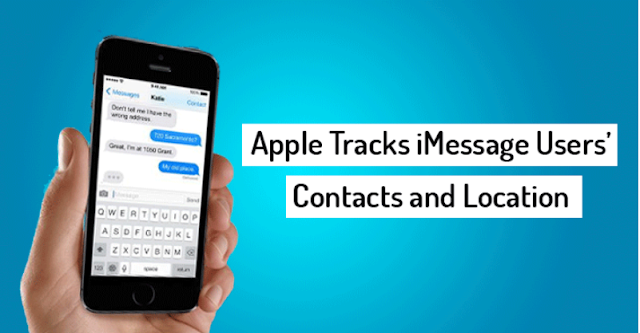The very software that thrice defeated world grandmaster Lee Sedol for the ancient game of Go is now beginning to power Google Translate. Google will now begin to translate Chinese to English using a system called Google Neural Machine Translation.
Google Translate had been using the phrase-based production system to translate Chinese to English, among other language pairs, but with little success. That was particularly so because Mandarin Chinese is notably hard to convert to English due in part to the different meanings a word could take when paired with certain characters. But that was mainly because of the differences between the Chinese and English cultures, which affect language.
The rollout of Google’s neural machine translation system in both the web and mobile versions of Google Translate could significantly change that. Native Mandarin Chinese speakers may no longer cringe at Google Translate results as the AI-based tool will now look at the whole sentence structure before decoding it.
Previously, Google Translate used to parse sentences into their component words as it interpreted them, resulting in sometimes nonsense translations.
Based on Google’s tests, the Google Neural Machine Translation system reduces translation errors by between 55 percent and 85 percent. Quoc V. Le and Mike Schuster, research scientists for Google Brain Team, lauded the GNMT approach as more advantageous than Phrase-Based translation systems.
"There is still a lot of work we can do to serve our users better. However, GNMT represents a significant milestone."
However, the researchers acknowledge that machine translation isn’t solved just yet. In a blog post, the researchers wrote:
"GNMT can still make significant errors that a human translator would never make, like dropping words and mistranslating proper names or rare terms, and translating sentences in isolation rather than considering the context of the paragraph or page. There is still a lot of work we can do to serve our users better. However, GNMT represents a significant milestone."
On top of the Chinese-to-English language pair, Google also plans to implement GNMT in 10,000 other language pairs supported by Google Translate. You might want to check out the updated version of the app now and tell us how well it works.



